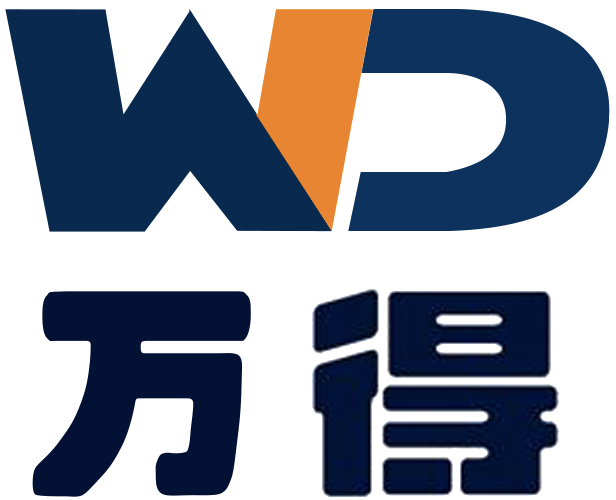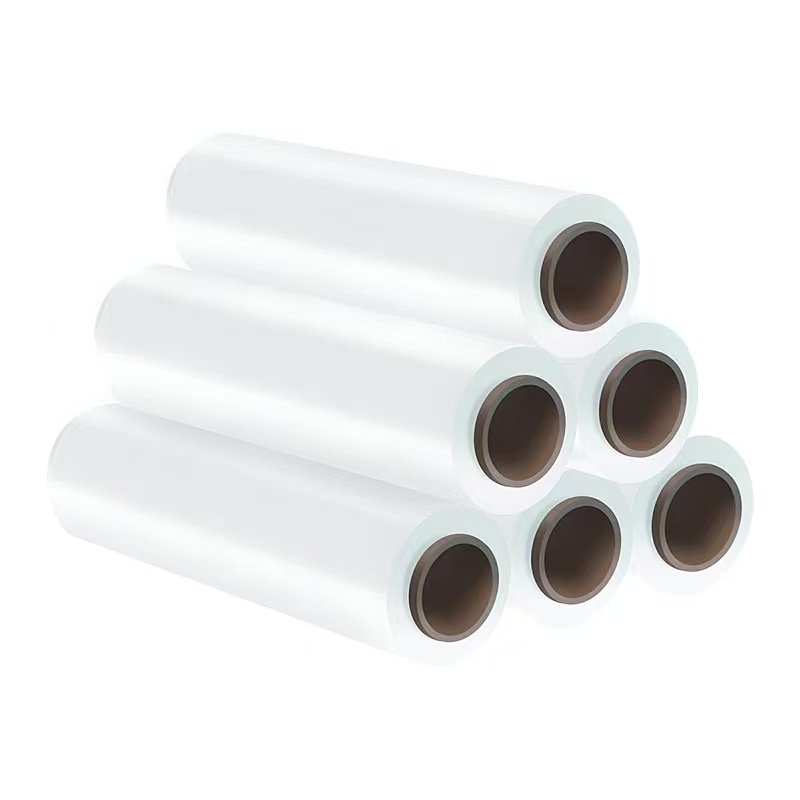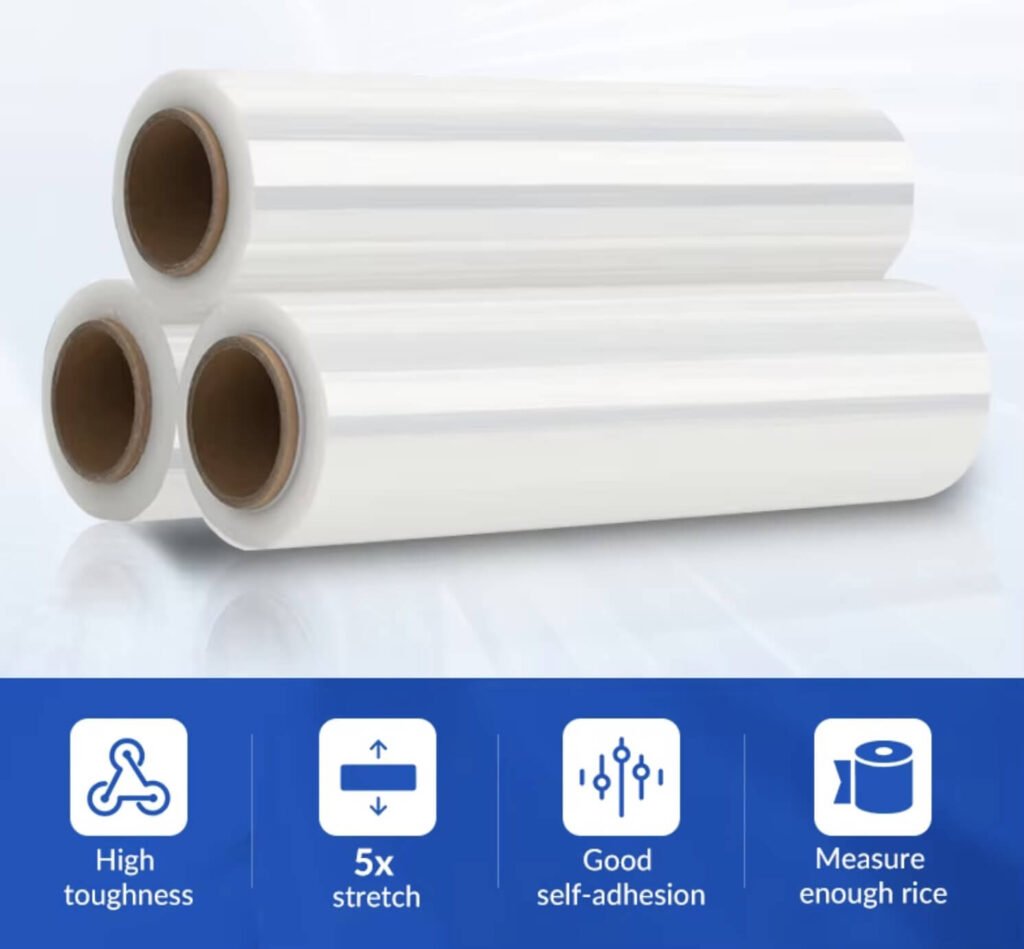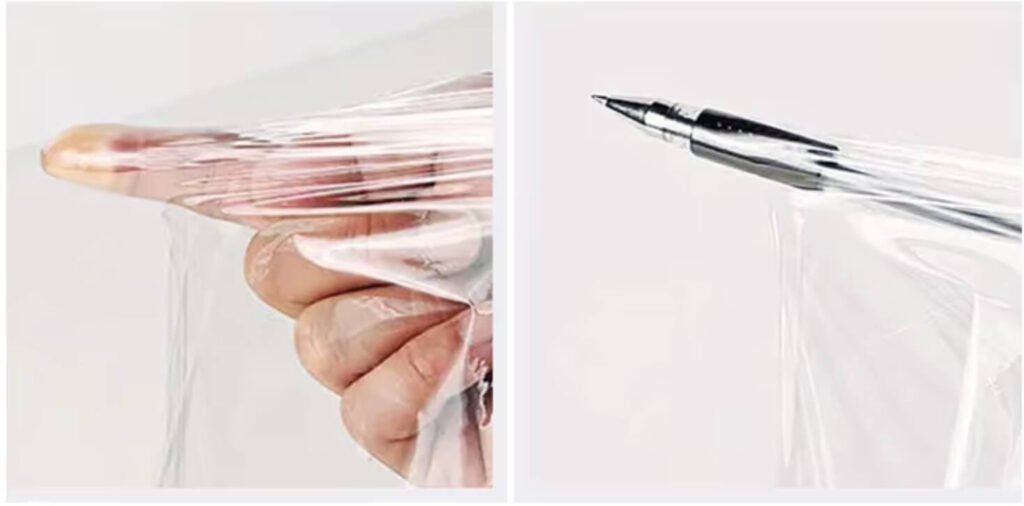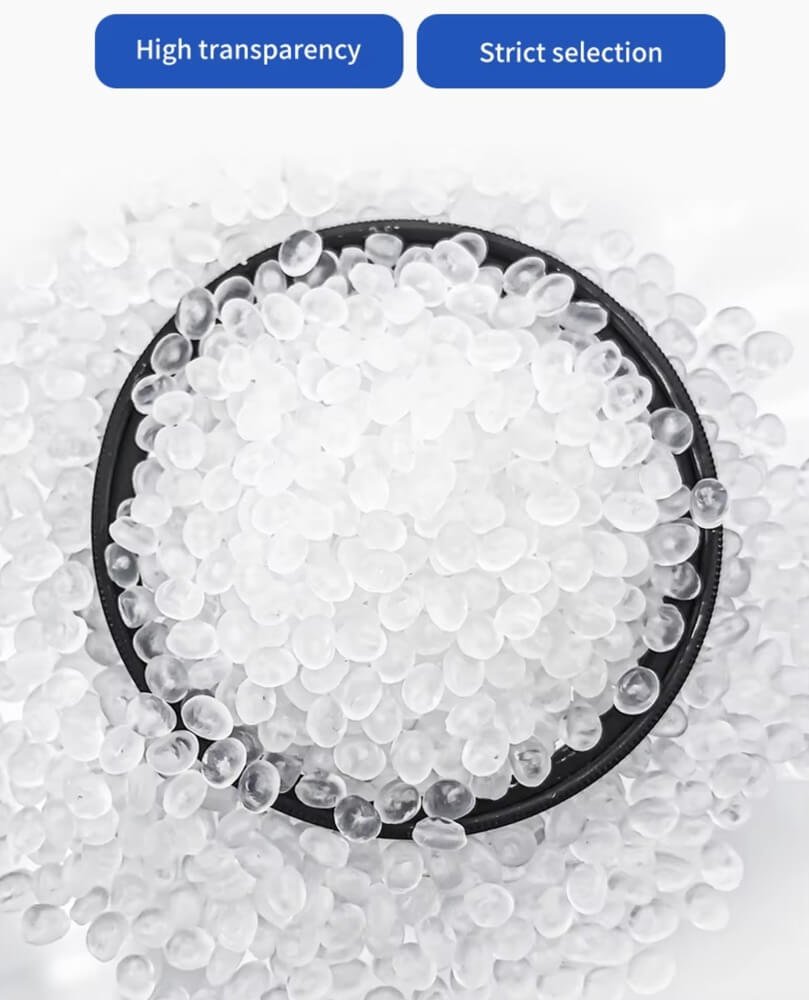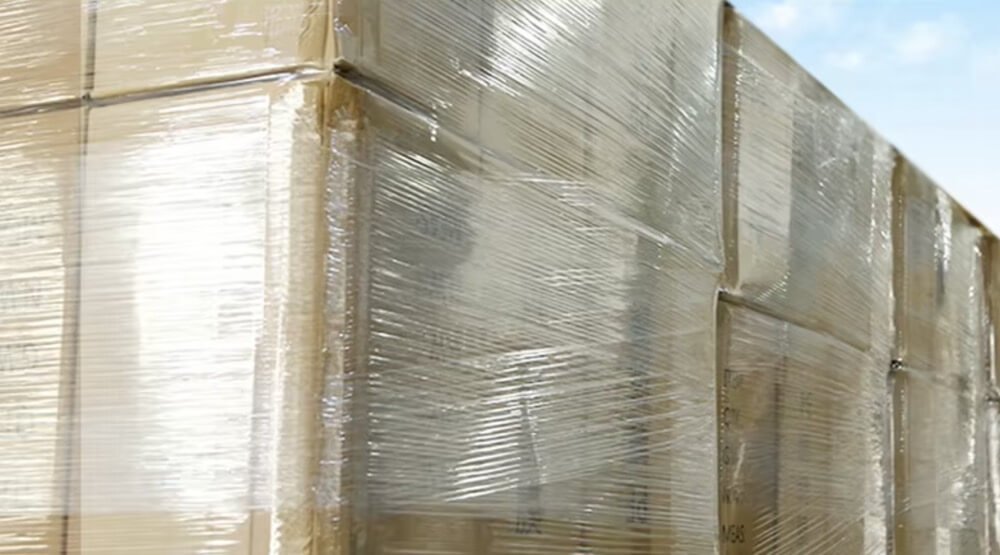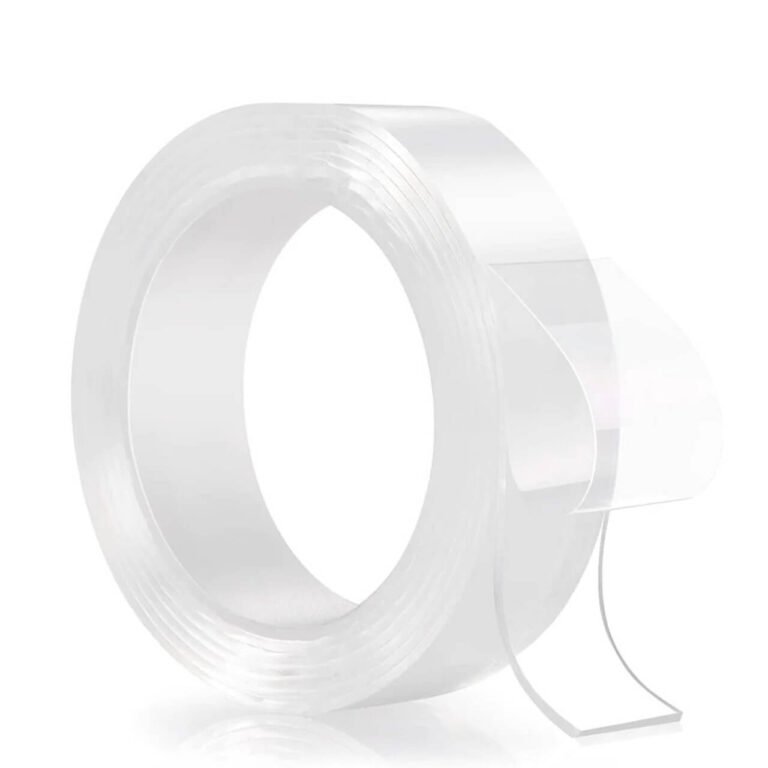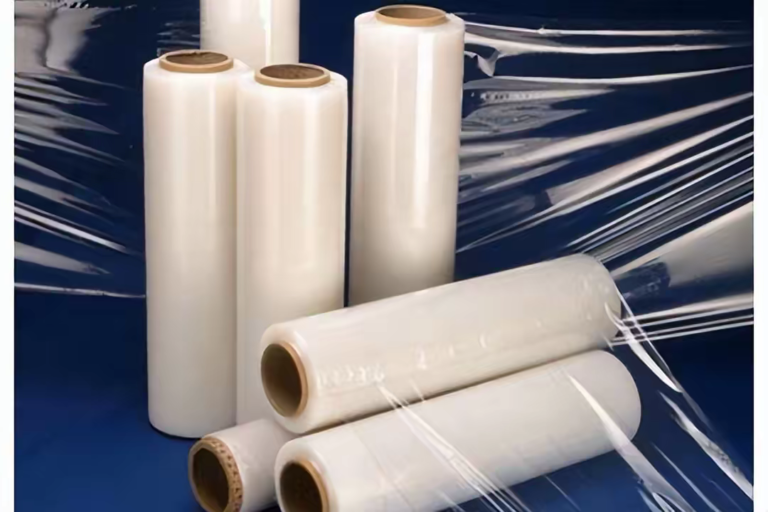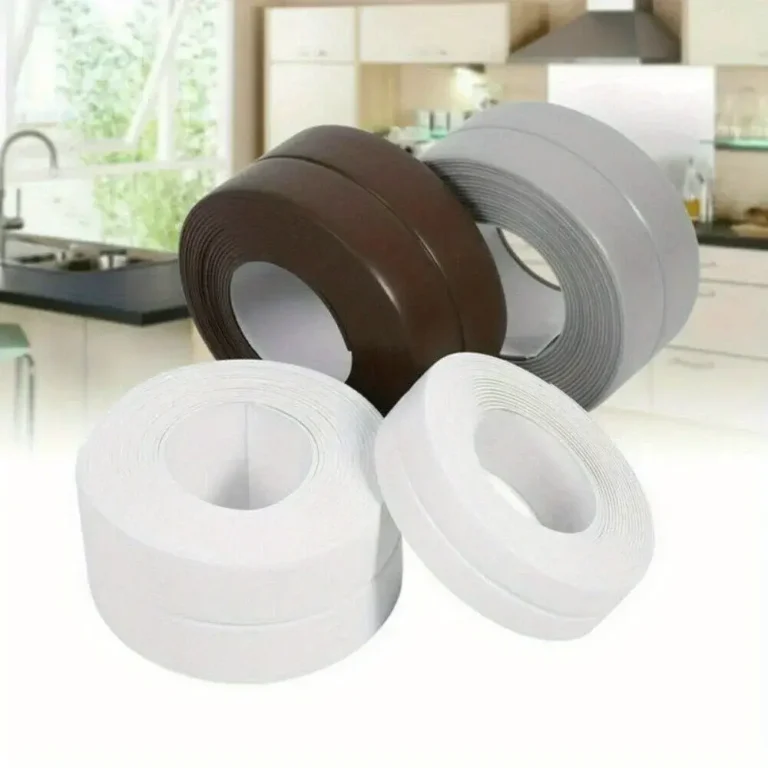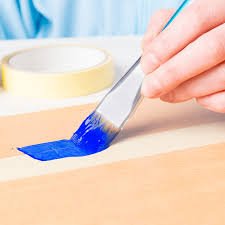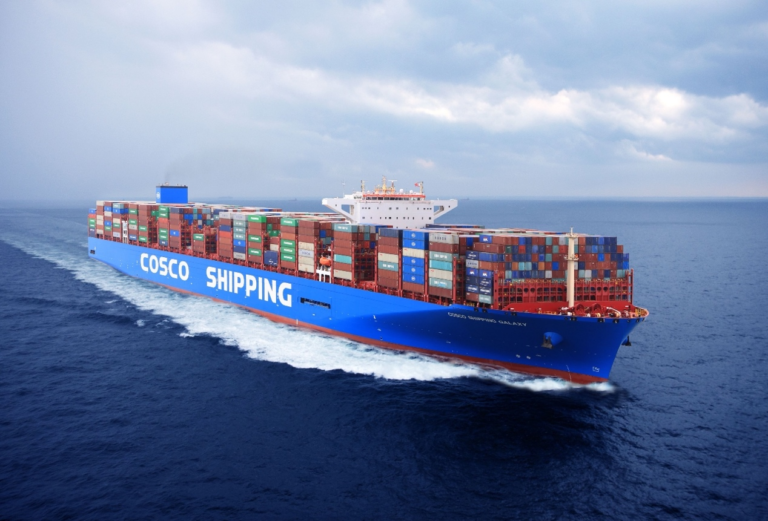Stretch Film vs. Shrink Wrap: Key Differences, Stretch Film Applications, and Insights into Wande’s Stretch Film Factory
In the packaging industry, stretch film and shrink wrap are often confused due to their shared use of plastic film, but they differ fundamentally in material, application, and purpose. This article clarifies their distinctions, explores the versatile uses of stretch film, and highlights how Wande, a leading manufacturer, ensures premium quality through its advanced stretch film factory operations.
I. Core Differences Between Stretch Film and Shrink Wrap
| Aspect | Stretch Film | Shrink Wrap |
| Material | Primarily LLDPE (linear low-density polyethylene) | Polyolefin (e.g., PE, PP) or PVC |
| Key Property | Elasticity (stretches 200–300% of original length) | Heat-responsiveness (shrinks when heated) |
| Application Method | Stretched around items manually or via machinery | Applied loosely, then shrunk with heat (e.g., heat guns, tunnels) |
| Primary Use | Pallet stabilization, bulk bundling | Retail packaging, individual product sealing |
| Protection Focus | Dust/moisture barrier, load stability | Tamper-evident seals, tight product contouring |
| Typical thickness | 8–30 microns | 12–50 microns |
| Environmental Impact | Recyclable LLDPE options available | PVC variants may have higher environmental impact |
II. What is Stretch Film? A Detailed Overview
Stretch film is a flexible, self-adhesive plastic film designed to secure and protect goods during storage and transport. Wande’s stretch film factory specializes in producing LLDPE-based films with enhanced features like UV resistance, puncture resistance, and varying cling levels. Key characteristics include:
- Elastic Memory: Returns to its original shape when stretched, creating tension that holds loads firmly.
- Cling Technology: Micro-adhesives on the film surface bond to itself, not the product, ensuring easy unwrapping.
- Customization: Available in clear, colored, or printed variants for branding or color-coded inventory management.
III. Diverse Applications of Stretch Film
3.1 Pallet Wrapping (Core Industrial Use)
- Function: Stabilizes palletized loads to prevent shifting during forklift handling or long-distance transport.
- Wande’s Solution: Machine-grade stretch film (18–30 microns) with cross-directional reinforcement reduces film usage by 15–20% compared to standard tapes, while maintaining load integrity.
3.2 Retail and E-Commerce Packaging
- Bundling: Groups multi-packs (e.g., soda cans, detergent bottles) for easy shelf placement.
- Lightweight Shipping: Wande’s 8–12 micron manual stretch film is ideal for small parcels, reducing shipping costs without compromising protection.
3.3 Food and Beverage Industry
- Palletizing: Secures cases of bottled beverages or canned goods for distribution, with FDA-compliant options available.
3.4 Automotive and Industrial Equipment
- Heavy Machinery: Industrial-grade stretch film with a thickness of ≥30 microns is used to provide excellent physical isolation and anti-wear protection for metal components such as engines and gears, reducing the risk of corrosion and mechanical damage during transportation.
- Custom Solutions: Wande’s anti-static stretch film is used for electronics and sensitive equipment, preventing electrostatic discharge (ESD).
3.5 Moving and Storage
- Furniture Protection: Wraps sofas, tables, or appliances to prevent scratches and dust accumulation.
- Seasonal Storage: UV-resistant films safeguard outdoor furniture or equipment during long-term outdoor storage.
IV. Inside Wande’s Stretch Film Factory: Quality and Innovation
Wande’s state-of-the-art factory integrates advanced technology and rigorous quality control to deliver superior stretch film:
4.1 Manufacturing Process
- Extrusion: LLDPE pellets are melted and extruded into thin films using cast or blown film lines.
- Stretching: Films are stretched in one (mono-axial) or two (bi-axial) directions to enhance tensile strength.
- Adhesive Coating: Cling additives (e.g., polyisobutylene) are applied to one or both sides for self-adhesion.
- Rewinding: Films are wound into rolls of specified widths and lengths, ready for distribution.
4.2 Quality Assurance
- Professional Laboratories: Wande’s in-house labs test raw materials (e.g., melt index of LLDPE) and finished products for:Tensile strength (ASTM D882)
- Elongation at break
- Puncture resistance (ASTM D3384)
- UV stability (QUV testing)
- Sustainability Initiatives:Recycled content: Up to 30% post-consumer recycled LLDPE in select products.
- Down-gauging: Reducing film thickness without compromising performance, cutting material waste.
4.3 Customization Capabilities
- Printing: High-resolution flexographic printing for logos, barcodes, or handling instructions.
- Specialized Films:Anti-Fog: For refrigerated food packaging.
- Conductive: For ESD-sensitive electronics.
- Color-Coded: For quick inventory identification in warehouses.
V. When to Choose Stretch Film Over Shrink Wrap
- Priority on Speed: Stretch film requires no heat, making it faster for large-scale palletizing.
- Reusability: The position can be adjusted for a short time during temporary packaging or operation, but it is not a long-term reusable material.unlike shrink wrap.
- Cost-Effectiveness: Lower equipment costs (no need for heat tools) make it ideal for budget-conscious operations.
- Environmental Preferences: Recyclable LLDPE options align with sustainability goals.
VI. Conclusion
Stretch film and shrink wrap serve distinct roles in packaging: the former excels in stabilizing bulk loads and providing flexible, cost-effective protection, while the latter offers tight, tamper-proof seals for individual products. Wande’s stretch film factory combines technological innovation and quality craftsmanship to deliver films that meet the diverse needs of global industries—from logistics and retail to food and heavy machinery.
By understanding these differences and leveraging Wande’s expertise, businesses can optimize their packaging strategies for efficiency, safety, and sustainability. Whether you need high-strength machine film for industrial use or eco-friendly manual film for e-commerce, Wande’s comprehensive range ensures reliable performance every time.
Contact Wande today to explore our stretch film solutions and discover how we can elevate your packaging operations.
